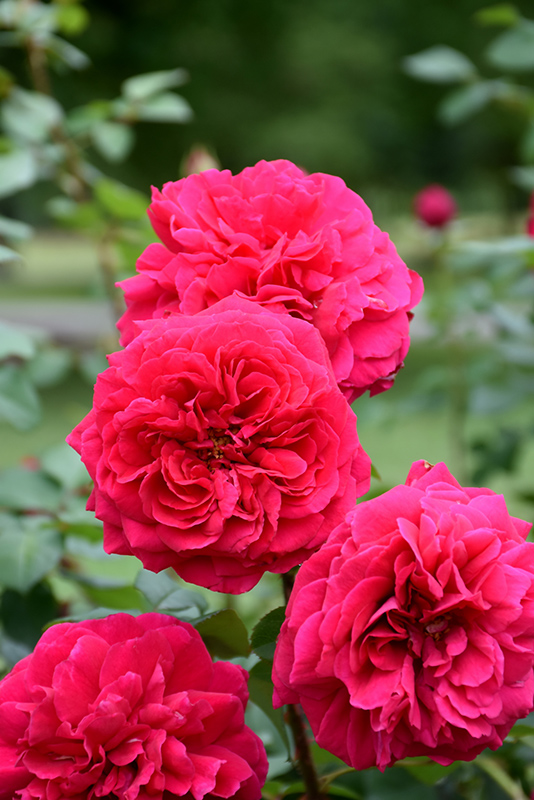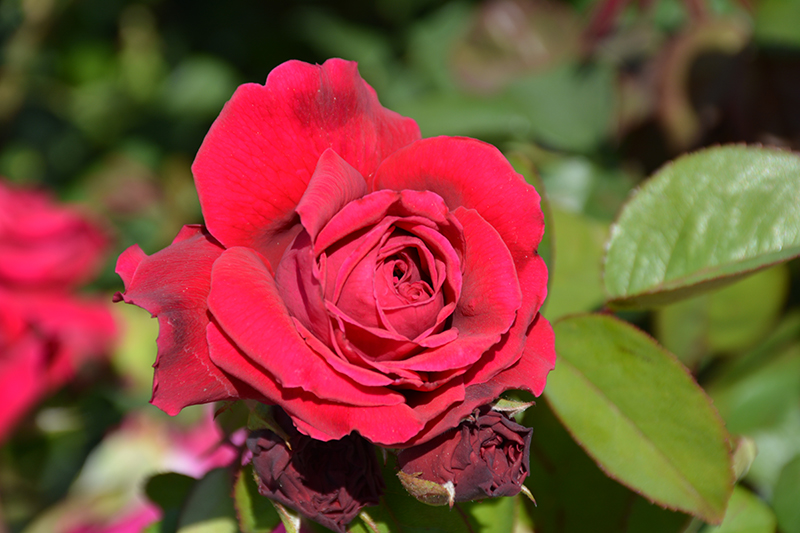Get ready to ignite your excitement and cultivate unforgettable memories
with Wallace's Garden Center Events! We're thrilled to invite you to a world of
enchanting experiences, where every gathering is a celebration of nature, community, and pure fun.
Plant Finder
Tess Of The D'Urbervilles Rose
Rosa 'Tess Of The D'Urbervilles'
Height: 4 feet
Spread: 4 feet
Sunlight:
![]()
Hardiness Zone: 5
Other Names: English Rose
Group/Class: Austin Rose
Description:
This elegant shrub produces stunning, full, crimson blooms; light fragrance; needs full sun and well-drained soil; good disease resistance; can be trained as a climbing rose
Ornamental Features
Tess Of The D'Urbervilles Rose features showy lightly-scented crimson flowers at the ends of the branches from early summer to early fall. The flowers are excellent for cutting. It has dark green deciduous foliage. The glossy oval compound leaves do not develop any appreciable fall color.
Landscape Attributes
Tess Of The D'Urbervilles Rose is a multi-stemmed deciduous shrub with an upright spreading habit of growth. Its average texture blends into the landscape, but can be balanced by one or two finer or coarser trees or shrubs for an effective composition.
This is a high maintenance shrub that will require regular care and upkeep, and is best pruned in late winter once the threat of extreme cold has passed. Gardeners should be aware of the following characteristic(s) that may warrant special consideration;
- Disease
- Spiny
Tess Of The D'Urbervilles Rose is recommended for the following landscape applications;
- Mass Planting
- Hedges/Screening
- General Garden Use
Planting & Growing
Tess Of The D'Urbervilles Rose will grow to be about 4 feet tall at maturity, with a spread of 4 feet. It tends to fill out right to the ground and therefore doesn't necessarily require facer plants in front. It grows at a fast rate, and under ideal conditions can be expected to live for approximately 20 years.
This shrub should only be grown in full sunlight. It does best in average to evenly moist conditions, but will not tolerate standing water. It is not particular as to soil type or pH. It is highly tolerant of urban pollution and will even thrive in inner city environments. This particular variety is an interspecific hybrid.



